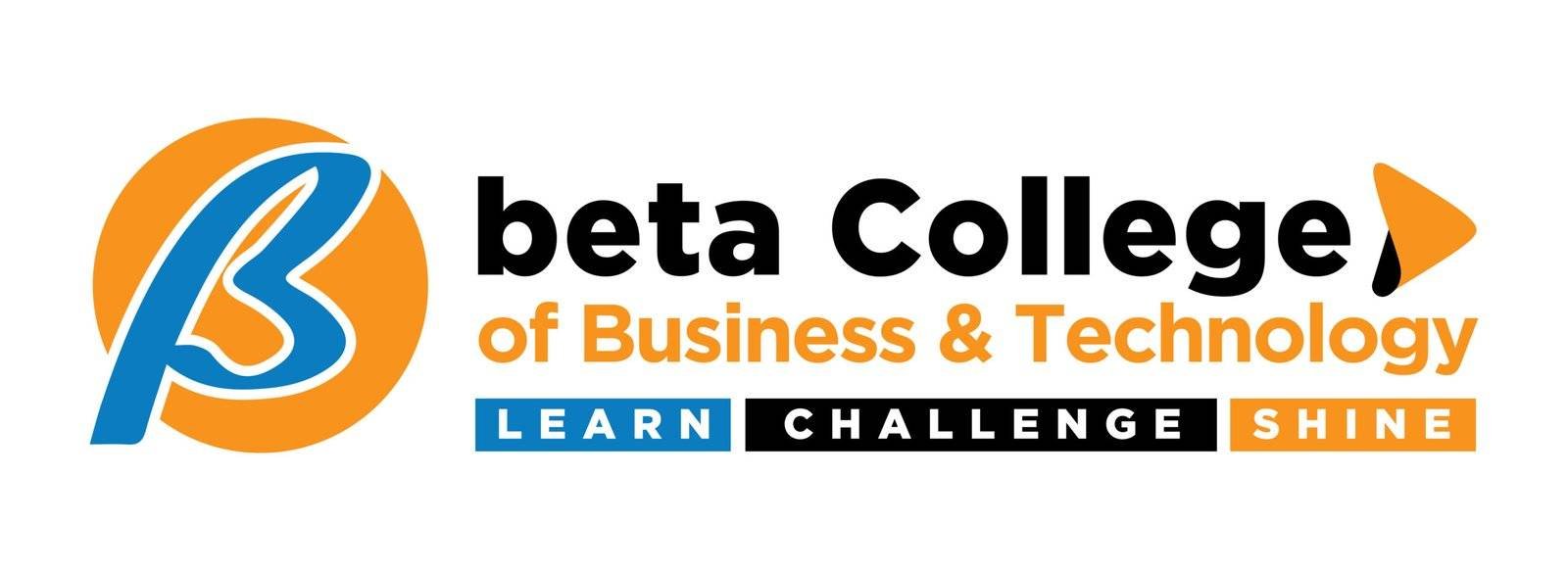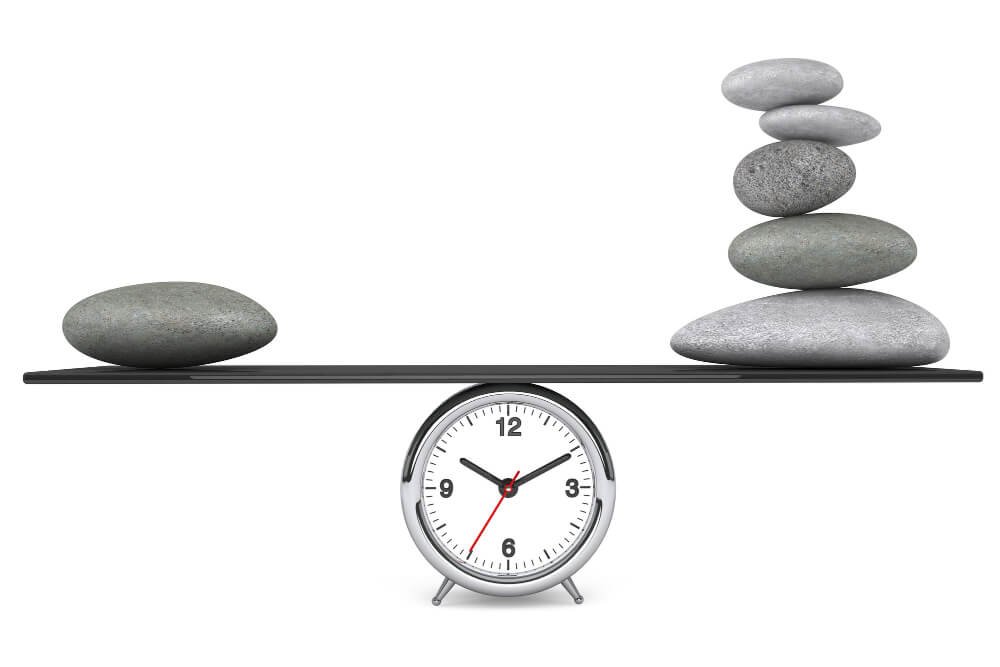Balancing creativity with deadlines is a delicate art. Creativity often needs freedom, experimentation, and a relaxed pace, while deadlines demand structure and efficiency. For those working in creative fields, whether writers, designers, marketers, or artists, mastering the balance of these seemingly opposite forces is essential. The following strategies will empower you to manage both creativity and deadlines, producing work that is both innovative and timely.
Why Creativity and Deadlines Can Conflict
The conflict between creativity and deadlines arises because each requires a different mindset. Creativity thrives on freedom, inspiration, and exploration, while deadlines impose structure, discipline, and time constraints. Balancing both means nurturing your creative flow while keeping track of time and progress, and it’s entirely possible with the right approach.
- Structure Facilitates Creativity, Not Stifles It
Contrary to popular belief, adding structure doesn’t limit creativity. In fact, it can enhance it. Setting up a schedule with dedicated time for creative exploration gives you the freedom to brainstorm without distraction, while deadlines ensure you stay productive. The trick is finding the right amount of structure to guide, rather than confine, your process. - Importance of Prioritization in Creative Projects
Some tasks in a project are more creatively demanding than others. By identifying which tasks require the most creativity, you can devote your best energy to them. Prioritize these high-creative tasks early in the process, so you can experiment freely and manage revisions later, allowing a smoother journey toward project completion.
Time Management Techniques for Maintaining Creativity
Effective time management can help you allocate space for creativity while still meeting your deadlines. Here are techniques to support this balance:
1. Time Blocking for Uninterrupted Creative Sessions
Time blocking involves dedicating specific time slots exclusively for creative tasks. By setting aside time where you’re free from interruptions, you can enter a flow state more easily, increasing the depth and quality of your work. Time blocking is especially useful for writers, designers, and other creatives who need uninterrupted time to fully engage with their ideas.
Example: If you’re a writer working on an article, dedicate the first two hours of your morning to writing without any other distractions. Focus only on your creative work, then review and edit later in a separate block.
2. Using the Pomodoro Technique for Focused Bursts of Creativity
The Pomodoro Technique divides your work into 25-minute sprints with 5-minute breaks. After four sprints, you take a longer 15-30 minute break. This approach allows you to focus intensively in short bursts while giving your mind regular refreshes, which can improve creative output.
Example: A designer might use Pomodoro sessions to focus solely on the brainstorming phase. During the 5-minute breaks, they can step away, stretch, or take a breath, keeping the mind fresh for the next round of inspiration.
3. Task Prioritization Using the Eisenhower Matrix
The Eisenhower Matrix categorizes tasks by urgency and importance, helping you focus on tasks that require your creativity without getting sidetracked by less critical activities. Prioritize urgent and important tasks first, then move to less critical ones as time allows.
Example: You might decide that developing the concept for a project (important but not urgent) should come before the final tweaks (urgent but less critical for the initial stages).
4. Apply the 80/20 Rule for Maximum Creative Impact
According to the 80/20 rule, 80% of results come from 20% of efforts. Identify which tasks contribute most to your creative success and focus on these. By putting energy into the tasks that yield the most impact, you ensure that you meet deadlines without spending time on tasks that don’t add substantial value.
Overcoming Creative Blocks and Staying Inspired Under Pressure
1. Establish Creative Rituals
Rituals signal to your brain that it’s time to get creative. It might involve setting up your workspace, brewing a favorite cup of tea, or listening to a particular type of music. Having a ritual primes your mind for creative work, even when deadlines loom.
Example: A copywriter might start each session by reading a short poem or a passage from a favorite book, putting them in the right mindset for creative writing.
2. Embrace Constraints as Creative Challenges
Deadlines can feel restrictive, but they can also serve as creative catalysts. Constraints force you to think creatively within boundaries, pushing you to come up with innovative solutions. Reframe deadlines as challenges that encourage out-of-the-box thinking rather than obstacles to creative freedom.
Example: Graphic designers often experiment with color schemes and layout within strict brand guidelines. Rather than viewing these as limiting, they can find ways to be innovative within these constraints.
3. Break Tasks Down to Avoid Overwhelm
Breaking down a large project into smaller, manageable steps can prevent the overwhelm that often inhibits creativity. Tackling smaller tasks one at a time keeps momentum strong, even on more challenging projects.
Example: If you’re developing a campaign, start by brainstorming ideas in one session, outlining in another, and then creating drafts. This step-by-step approach keeps creativity flowing without the pressure of completing everything at once.
4. Cultivate a Growth Mindset for Continuous Learning
A growth mindset, the belief that skills and creativity can be developed, is crucial for managing both time and creativity. By viewing mistakes as learning opportunities, you can push creative boundaries without the fear of failure, which can be liberating in tight deadlines.
Example: Artists who focus on growth rather than perfection often discover new techniques and ideas, which enriches their creative output in subsequent projects.
Realistic Goal Setting to Enhance Both Creativity and Productivity
1. Set SMART Goals
SMART goals (Specific, Measurable, Achievable, Relevant, and Time-bound) provide a roadmap for projects. With clear, realistic goals, you can focus your creative energy effectively. SMART goals break down big visions into actionable steps, allowing you to track your progress and make adjustments as needed.
Example: Instead of “designing a website,” a SMART goal might be “create three homepage design concepts by the end of the week.” This gives you both direction and a manageable timeframe.
2. Buffer Deadlines for Extra Flexibility
Adding a buffer to deadlines gives you a safety net for creativity. This cushion allows room for ideas to develop without the pressure of the final deadline looming over you.
Example: If a client expects a project by the end of the month, set your personal deadline a few days earlier to allow time for final adjustments and creative tweaks.
3. Clear Communication with Stakeholders
Transparent communication with clients or collaborators is key to balancing creative work and deadlines. Letting others know about your process and timeline fosters mutual understanding and helps manage expectations.
Example: When taking on a project, outline your creative process and timeframes to avoid misunderstandings about delivery dates and stages of project completion.
Using Digital Tools to Support Creativity and Time Management
1. Project Management Tools for Organization
Platforms like Trello, Asana, or Monday.com offer visual overviews of tasks, allowing you to organize deadlines and track progress. These tools help you stay on schedule without overlooking the time needed for creative exploration.
Example: Use Trello boards to visually map out stages in a creative project, setting deadlines for each stage and tracking progress visually.
2. Time-Tracking Apps for Accountability
Apps like Toggl and Clockify help monitor time spent on each task, promoting accountability. By understanding how you spend your time, you can fine-tune your schedule to allocate more time for creative work without extending deadlines.
Example: If you notice that brainstorming consistently takes longer than expected, adjust your future timelines accordingly to accommodate more creative time.
3. Idea-Capturing Tools
Digital notebooks like Notion, Evernote, or OneNote let you jot down ideas as they come, ensuring you don’t lose valuable insights. They’re particularly useful for capturing inspiration on the go, maintaining a constant flow of ideas even when working on other tasks.
Conclusion:
Managing creativity within deadlines is not about sacrificing one for the other. Instead, it’s about creating harmony between structured time management and the freedom to explore creatively. By implementing these strategies—using time-blocking, setting SMART goals, leveraging feedback, and embracing constraints—you’ll be able to enhance both creativity and productivity. This balance allows you to deliver exceptional results consistently, mastering the art of timely creativity.


